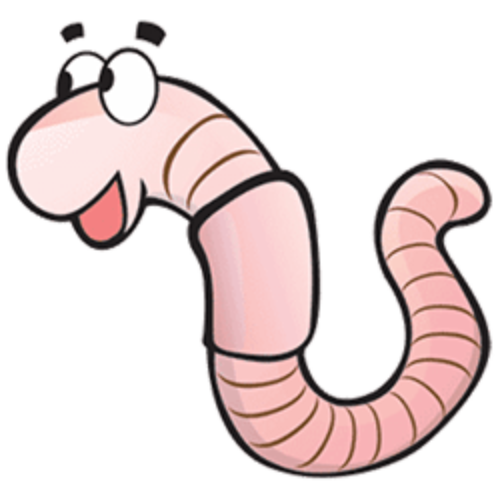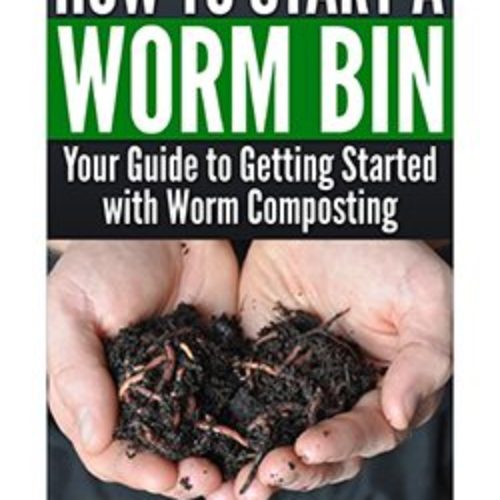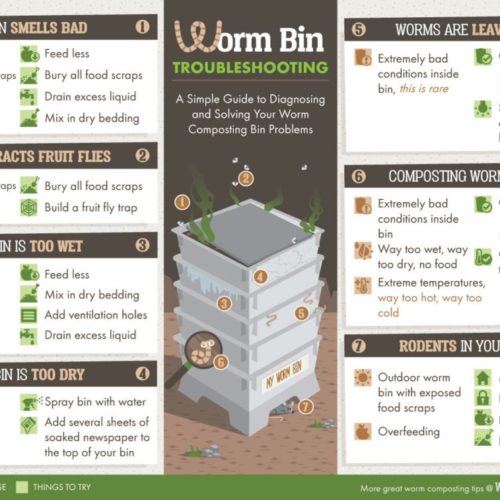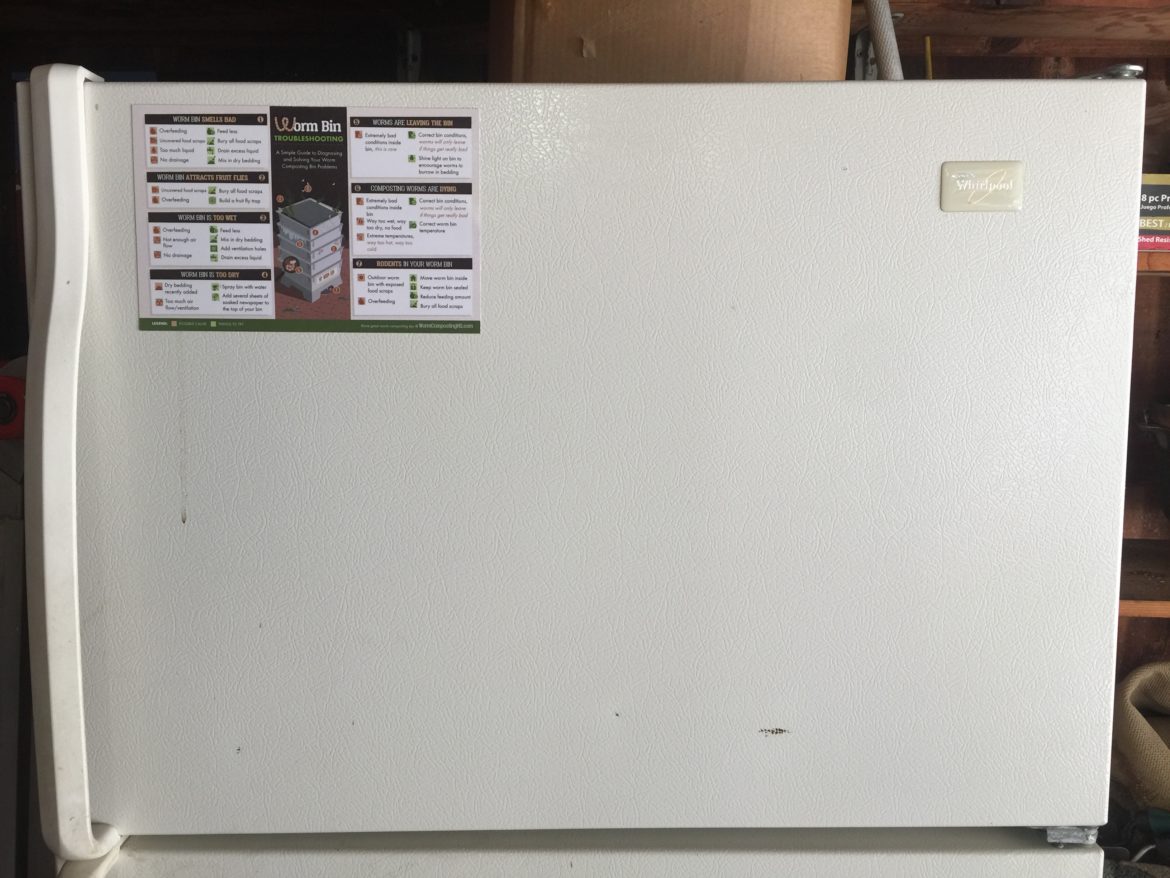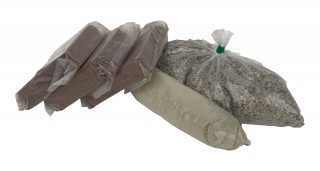 Worm Composting Expert Review of the “Hungry Bin” Worm Composting Bin
Worm Composting Expert Review of the “Hungry Bin” Worm Composting Bin
I believe we should take responsibility for my own food waste instead of sending it to a landfill. Through worm composting in a worm bin, I not only dispose of my food waste, I turn a negative (food scraps) into a positive (worm poop) which helps me close the nutrient loop and grow more food for my family. Informally and professionally, I have been teaching people to worm compost since 2008. Below is my review of the “Hungry Bin”.
The makers of the ‘Hungry Bin’ call it ‘the Best Compost Bin’. After testing it for 6 months, I have to agree. This thing rocks. It is designed by a composter and gardener who clearly focused on making a worm bin that is extremely easy to use and also handles a large amount of food scraps.
Assembling and Setting up the Hungry Bin Worm Composter
The Hungry Bin worm bin arrives in a large cardboard box full of sturdy plastic and metal pieces. Assembly is straightforward and they provide easy to read assembly instructions with pictures. I put mine together in less than 30 minutes and that was with the “help” of my 2 year old! I started the bin with a mix of shredded, soaked newspaper and leaves for worm bin bedding and about 1 lb of red wiggler composting worms I pulled out after splitting one of my other worm composting bins. One pound is the minimum amount of worms I recommend starting a Hungry Bin with (or any worm bin for that matter).  The company included a great start up guide with tips for starting your Hungry Bin off right. I live in Houston, TX (it gets HOT here) and I have had zero problems keeping the Hungry Bin on my fully shaded back porch.
The company included a great start up guide with tips for starting your Hungry Bin off right. I live in Houston, TX (it gets HOT here) and I have had zero problems keeping the Hungry Bin on my fully shaded back porch.
What I like about the Hungry Bin Worm Bin
- Its Sturdy! The Hungry Bin is made of thick plastic and a few metal components. This thing is designed to last. They did not cut corners on materials.
- Capacity. The Hungry Bin is large! The manufacturer claims that at full worm power it can consume 4 lbs of food scraps per day. That should be sufficient for most family sizes. My Hungry Bin is at around 3 lbs per day consumption but I believe the worm population still had some room to grow and therefore the capacity will increase with the worm population. Still, 3 lbs per day is a lot of food scraps!
- Ease of use. This is a big one. The Hungry Bin is the easiest worm composting bin to maintain that I have ever used. This is due to the large size, large surface area on top, back wheels (if you wanted to move it), hinged, vented lid (that also snugs tight), worm bin leachate collection tray, and tapered design that makes harvesting worm compost a snap (more on this later).
- Follow up emails with instructions and tips. So far, I have received two follow up emails from the manufacturer. The first was 3 weeks after I received the Hungry Bin. The second email was 3 months after. Both emails detailed what should be happening in the bin at that time and how to fix it if it wasn’t progressing correctly. I love that the manufacturer is so committed to the user’s success with their product.
- Potential for school or restaurant use. Because the Hungry Bin has a large capacity and sturdy wheels which make it portable, it has the potential for institutional use at schools or restaurant. Schools and restaurants specifically create large quantities of food waste every day. A simple solution is badly needed to keep institutional food waste out of landfills.
- How easy it is to harvest worm compost. The tapered design of the Hungry Bin makes harvesting worm poop simple. As food scraps and worm bedding are processed by the red wiggler worms, they move downward through the tapered bin and get condensed (smushed together). This means that at the bottom they are packed tightly. When you release the harvest tray (two easy latches), the tray lowers full of usable worm compost but the rest of the compost and worm bedding doesn’t fall out. Composting worms always move upward to
 eat and generally stay in the top 3-5 inches of worm bin bedding so they should not be down in the worm compost you harvest from the bin. I did not harvest until my Hungry Bin had been active for 4 months. When I did, it worked as it should. There were no worms in the finished compost and only the bottom layer (3 or 4 inches) came out. Because it was my first harvest in this worm bin, the bedding wasn’t totally processed (I could still identify leaves in the compost). I expect this was simply because it was the first harvest of vermicompost from this worm bin and that future harvests will be fully processed because they worms will have had more time with the bedding in the system.
eat and generally stay in the top 3-5 inches of worm bin bedding so they should not be down in the worm compost you harvest from the bin. I did not harvest until my Hungry Bin had been active for 4 months. When I did, it worked as it should. There were no worms in the finished compost and only the bottom layer (3 or 4 inches) came out. Because it was my first harvest in this worm bin, the bedding wasn’t totally processed (I could still identify leaves in the compost). I expect this was simply because it was the first harvest of vermicompost from this worm bin and that future harvests will be fully processed because they worms will have had more time with the bedding in the system.
What I don’t Like about the Hungry Bin Worm Bin
- Price. This is not a starter worm bin. At $299, the Hungry Bin is one of the most expensive home use worm composting bins on the market. For the experienced worm composter that is committed to the hobby it is absolutely worth it. If you are brand new to worm composting I recommend that you should try it out on a homemade or cheaper worm bin first to make sure that worm composting is a good fit for you and your family before you purchase the Hungry Bin. They are now offering free shipping in the US through Amazon.com.
Conclusion
The Hungry Bin worm bin really is the “Best Compost Bin.” If you have been worm composting for a while and are looking to upgrade to the best there is, you will love the Hungry Bin. If you are brand new to worm composting, I recommend you try it out first on a homemade or cheaper worm bin to confirm that worm composting is a good fit for you and your family before you purchase a Hungry Bin worm bin.
If you do choose to purchase a Hungry Bin worm bin and need any advise on setup or use, email me. I’m here to help.
Check out this video from the manufacturer for more info.



